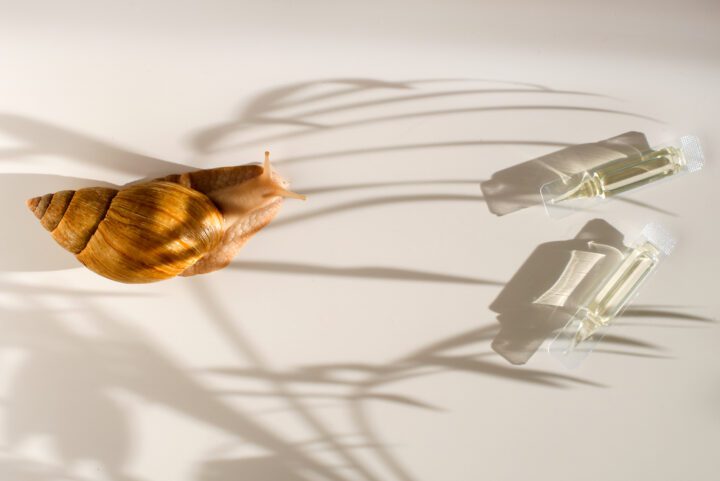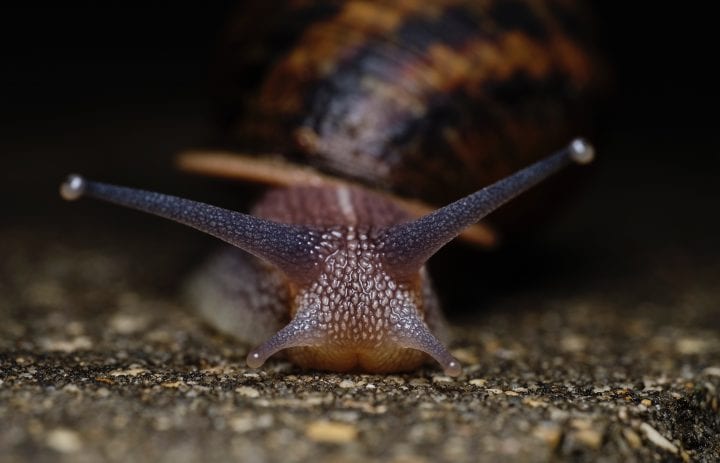Smart hydrogel from Rutgers University contains a light-sensing nanomaterial that enables it to change shape when exposed to light.
Benefits
- Flexible
- Color-changing
- Versatile
Applications
- Medical implants
- Soft robots
- Protective equipment
UN Sustainable Development Goals Addressed
-

Goal 9: Industry Innovation & Infrastructure
-

Goal 12: Responsible Production & Consumption
The Challenge
Electronic displays are found everywhere and have made remarkable advances in recent years. However, they are still made from rigid materials, which limits the size and shape they can take. It also limits their use in numerous applications, such as color changing materials and medical devices.
Innovation Details
The light-sensing hydrogel contains an artificial chromatophore, which mimics the color-changing structures found in cephalopods. The artificial chromatophore is made from a nanomaterial that reacts to light. When the hydrogel senses light, the nanomaterial deforms, functioning as a kind of ‘artificial muscle’ that contracts or expands in response to changes in light. The hydrogel can be combined with 3D printed stretchy material that changes color, allowing for a camouflage-like effect.
Biological Model
Cephalopods such as squid and cuttlefish often use adaptive camouflage to blend in with their surroundings. They are able to match colors and surface textures of their surrounding environments by adjusting the and iridescence of their skin. On the skin surface, chromatophores (tiny sacs filled with red, yellow, or brown pigment) absorb light of various wavelengths. Once visual input is processed, the cephalopod sends a signal to a nerve fiber, which is connected to a muscle. That muscle relaxes and contracts to change the size and shape of the chromatophore. Each color chromatophore is controlled by a different nerve, and when the attached muscle contracts, it flattens and stretches the pigment sack outward, expanding the color on the skin. When that muscle relaxes, the chromatophore closes back up, and the color disappears. As many as two hundred of these may fill a patch of skin the size of a pencil eraser.






